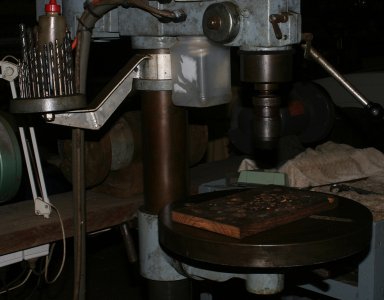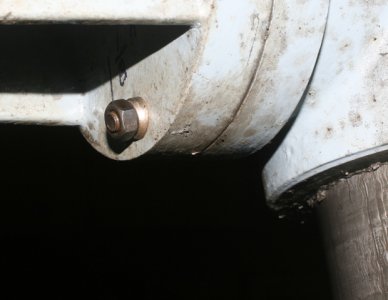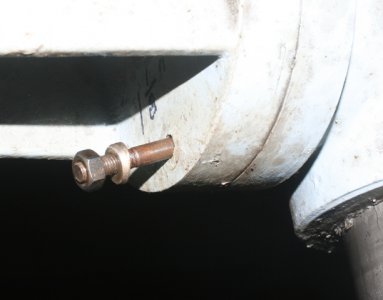- Joined
- Apr 6, 2011
- Messages
- 2,082
I'm looking for a little advice on the best way to proceed. I am about ready to use a new HF drill press but I need to make sure that the "table" is square to the bit. I don't have a mill as of yet so I don't have any "tramming" type indicators/tools or such. I could just put a long bit in the chuck and eye it up with a small square but that strikes me as being somewhat less than reliable.
Any suggestions as to the proper technique?
Thanks,
-Ron
Any suggestions as to the proper technique?
Thanks,
-Ron




